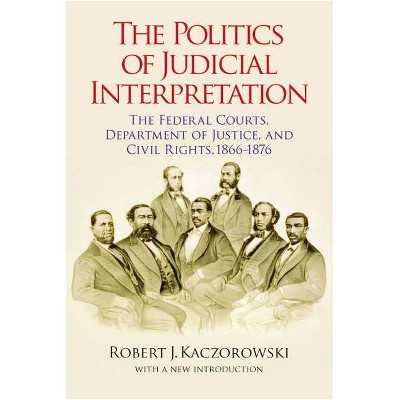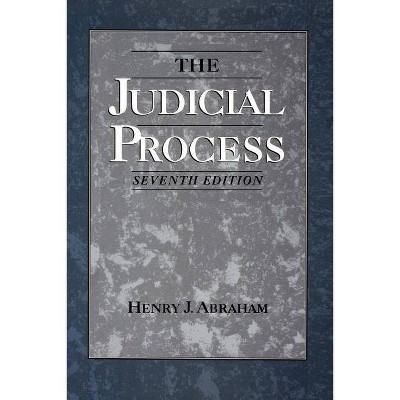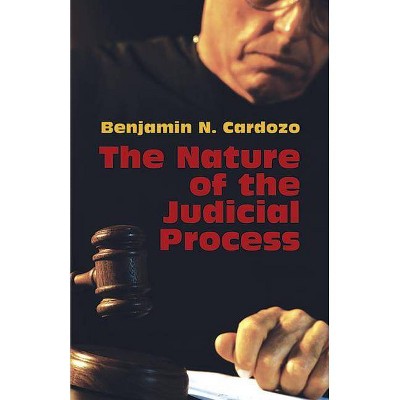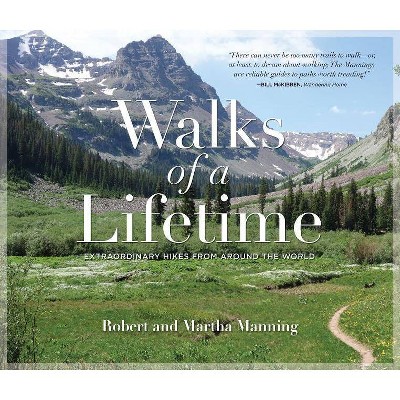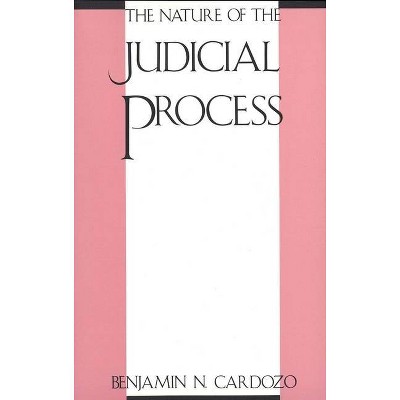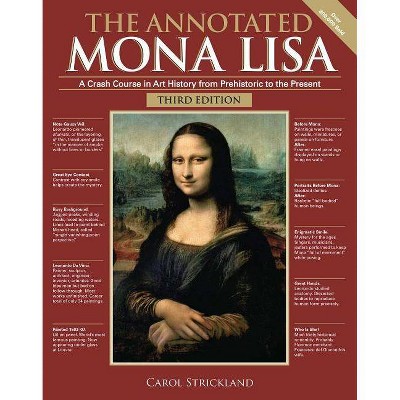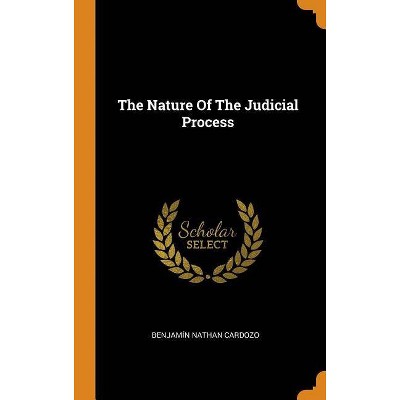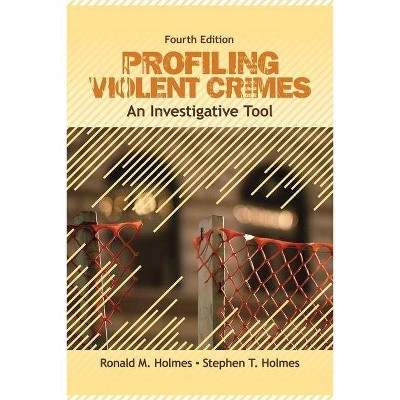Judicial Process in America - 11th Edition,Annotated by Robert A Carp & Kenneth L Manning & Lisa M Holmes & Ronald C Stidham (Paperback)
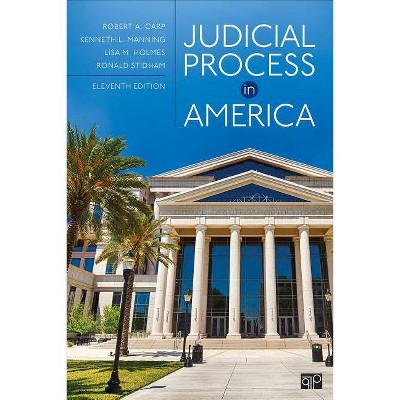
Similar Products
Products of same category from the store
AllProduct info
<p/><br></br><p><b> About the Book </b></p></br></br>Known for shedding light on the link between the courts, public policy, and the political environment, <strong>Judicial Process in America</strong> offers you a clear but comprehensive overview of today's American judiciary. Considering the courts from every level, the authors thoroughly cover judges, lawyers, litigants, and the variables at play in judicial decision-making. The highly anticipated <strong>Eleventh Edition</strong> offers updated coverage of recent Supreme Court rulings, including same-sex marriage and health care subsidies; the effect of three women justices on the Court′s patterns of decision; and the policy-making role of state tribunals as they consider an increasing number of state programs and policies.<p/><br></br><p><b> Book Synopsis </b></p></br></br>Known for shedding light on the link between the courts, public policy, and the political environment, <strong>Judicial Process in America</strong> offers you a clear but comprehensive overview of today's American judiciary. Considering the courts from every level, the authors thoroughly cover judges, lawyers, litigants, and the variables at play in judicial decision-making. The highly anticipated <strong>Eleventh Edition</strong> offers updated coverage of recent Supreme Court rulings, including same-sex marriage and health care subsidies; the effect of three women justices on the Court′s patterns of decision; and the policy-making role of state tribunals as they consider an increasing number of state programs and policies.<p/><br></br><p><b> Review Quotes </b></p></br></br><br>Carp, et al provide a fairly comprehensive introduction to the study of the judicial branch and politics, with both a theoretical and evidence based approach which students can relate to. The material covers the majority of what I cover in my course and needs the supplementation of perhaps one additional text.--Maryam Stevenson<br><br>Carp, et. al. have written an introductory text that includes the most recent literature on the judicial politics but do so in a manner that is accessible to students of various backgrounds and knowledge. It is the best textbook for an introductory judicial politics course so that students can learn how the courts at all levels do their work and impact politics and public policy.--John Aughenbaugh<br><br>I have been assigning this text for more than 10 years. It is an outstanding textbook to introduce students to the judicial process.--Judithanne Scourfield McLauchlan<br><br>I have been using this text for 20 years. I most like, and use, the chapters that examine state and federal courts, judges, the groups in the judicial process, and the procedures and prior to, during, and after a trial. These chapters are clearly written and lay out the facts in a well-organized, accessible manner...--Diane Hartmus<br><br>I like the book. I like the length and the writing style. It focuses on important information and provides a good source of information on basic structure and procedure. The book is readable, the chapters fairly short and students tell me they like the book and find it a helpful companion to lectures...--Kim Seckler<br><br>I would describe it as a very straightforward approach to providing thorough descriptions to many of the main and important topics of the U.S. legal system. It goes into great depth for important topics and it also covers a wide variety of topics. It's physical size is also nice in that it is not a humongous sized textbook, rather it is easy to use and navigate because the layout of the chapters are easy to understand and nicely divided...--Justin Wedeking<br><br>I would describe this book as a political perspective on the American court system. It encourages readers to think about courts as government organizations and approach their study as one would other political institutions.--Robert Norris<br><br>I would say that it is a thoughtful and comprehensive introduction to the judicial institutions, norms, and practices of the United States, with enough detail to carry an undergraduate course or to set up expanded discussions of selected topics.--Luke Plotica<br><br>The text provides a comprehensive introduction to--and survey of--the study of courts, judges, and the American legal process. Written by several widely respected scholars in the field, the text provides extensive coverage of how courts and judges operate and how they relate to the broader society of which they are a part. Accessible even to those students who are new to the study of courts and law while also providing a nuanced and sophisticated view of the state of research in the field, the text is regarded as a leader in the field and as a useful addition to the library of the novice and the expert alike.--John Forren<br><br>This book is a well-written, thorough coverage of the judicial process in the United States. It is thorough, without being pedantic. If one is looking to answer a question about how the judicial process should work in the United States, the answer is either in this book or provides the guide to where one should look. In addition to being readable, the book provides references to the scholarly literature that students need to begin a more in-depth analysis of topics in which they are interested.--Joseph Stewart<br><br>This text provides a terrific overview of the legal system - which is my main reason for using it. I also like the Suggested Resources...--Rebecca Keeler<br>
Price History
Price Archive shows prices from various stores, lets you see history and find the cheapest. There is no actual sale on the website. For all support, inquiry and suggestion messagescommunication@pricearchive.us
